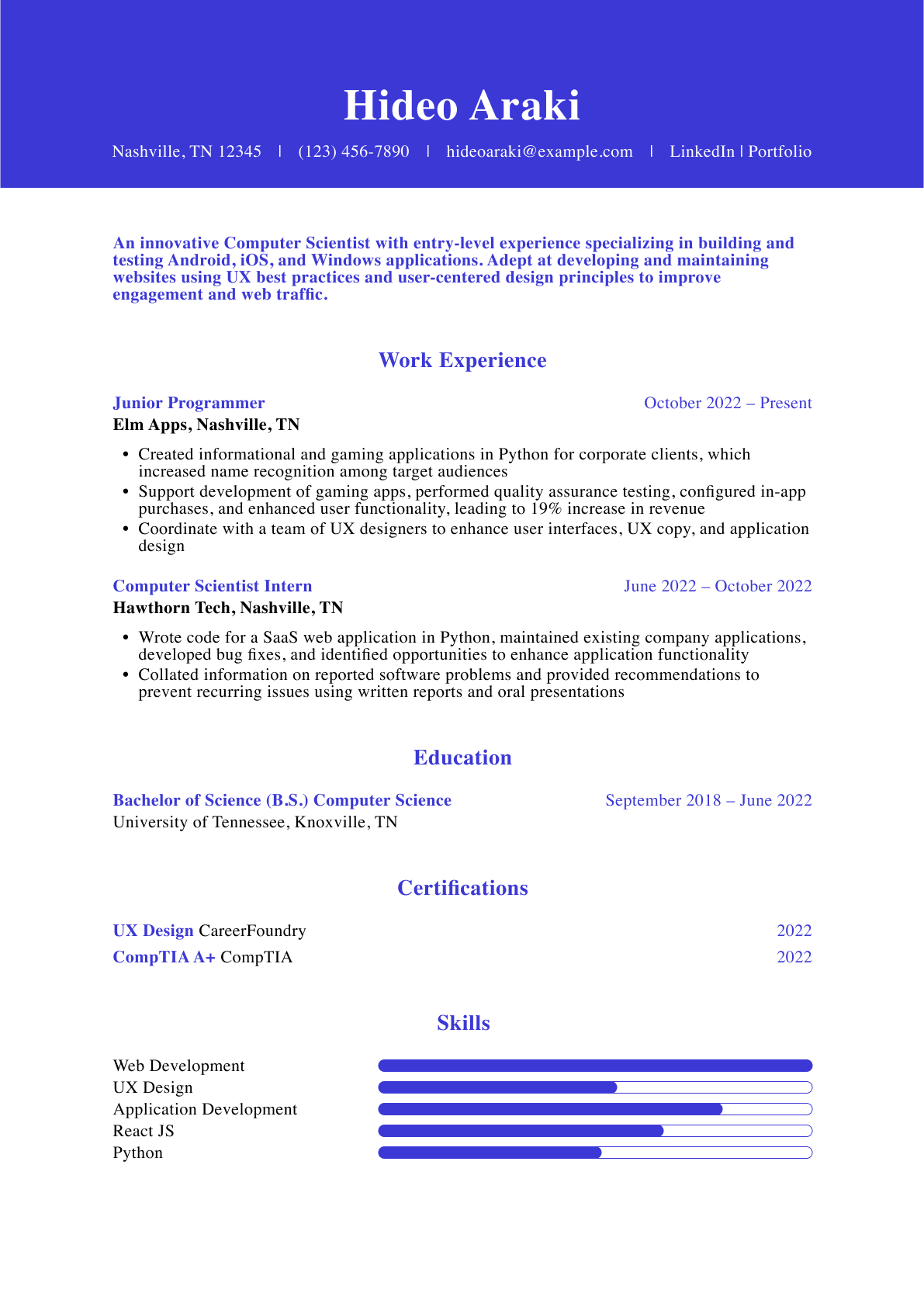Since Donald Trump took office, nearly one in four hiring managers (24%) say women are less respected in the workplace, according to Resume Builder’s new data on gender biases in hiring and workplace treatment. The findings also reveal that biases against women remain more pronounced compared to men, particularly in hiring decisions related to marriage and family status.
Key findings:
- 24% of managers say women are less respected in the workplace since Trump took office
- 20% of companies have rolled back DEI initiatives, leading to a reduced emphasis on hiring and promoting women
- Women are more likely to be penalized for marriage and parenthood in the hiring process than men
Scaled-Back DEI Efforts Mean Less Emphasis on Hiring and Promoting Women
Alongside shifting attitudes toward workplace respect, some companies have also reduced efforts to promote diversity, equity, and inclusion (DEI).
About 20% of hiring managers report that their company has scaled-back DEI initiatives since Trump took office. At these companies, 22% say there is now less focus on hiring women, and 26% say there is less focus on promoting women into leadership roles.
Additionally, 24% of hiring managers believe respect for women in the workplace has declined since President Donald Trump started his second term.

“The Trump administration’s rollback of DEI initiatives has led to the dismissal of numerous high-profile women in government and the armed forces, often under claims they were hired solely for diversity,” says Resume Builder’s Chief Career Advisor Stacie Haller. “By assuming women were hired for equity rather than merit, it erases their qualifications and reinforces outdated biases. With fewer women in leadership, this shift is now influencing the private sector, making it even harder for women to compete for top positions against men.”
1 in 5 Managers Admit They’re Less Likely To Hire Expectant Mothers
While both women and men face some scrutiny over their personal lives, women are more likely to be penalized in hiring decisions. The data shows:
- Marriage: Only 1% of hiring managers say they are less likely to hire a man who recently married, compared to 3% who are less likely to hire a woman.
- Parenthood: 4% of hiring managers are less likely to hire a man or a woman who has children, showing equal skepticism toward working parents. However, a larger gap emerges when a candidate is expecting a child — 7% are less likely to hire an expecting father, while 20% are less likely to hire an expecting mother.
The disparity in attitudes toward pregnancy suggests a greater concern over potential disruptions when hiring women. Despite legal protections against pregnancy discrimination, the data indicates that hiring managers continue to perceive expectant mothers as a workplace liability at far higher rates than expectant fathers.
“In today’s workforce, maternity leave is often seen as a business drawback rather than a necessity, especially in male-dominated industries where work-life balance is undervalued,” says Haller.
“While federal laws prohibit hiring discrimination based on pregnancy, bias persists among many hiring managers. This ingrained mindset continues to disadvantage women, despite legal protections. True progress requires a cultural shift — one that values family time and recognizes that supporting working mothers strengthens, not weakens, businesses. Changing workplace values and fostering inclusivity are essential to overcoming these deeply rooted biases.”
Methodology
This survey, launched on March 5, 2025, was commissioned by ResumeBuilder.com and conducted online by the polling platform Pollfish. Overall, 864 U.S. full-time manager-level employees completed the survey.
To qualify for the survey, all participants had to have a household income of at least $75,000, hold a bachelor’s degree or a higher level of education, have a managerial-level role or higher, and work at a company with more than 11 employees.
Respondents also had to indicate that they are involved in hiring decisions at their company.
The survey was census-balanced to reflect the working population distribution across the four U.S. regions, genders, and income levels.
For all media inquiries, contact [email protected].

